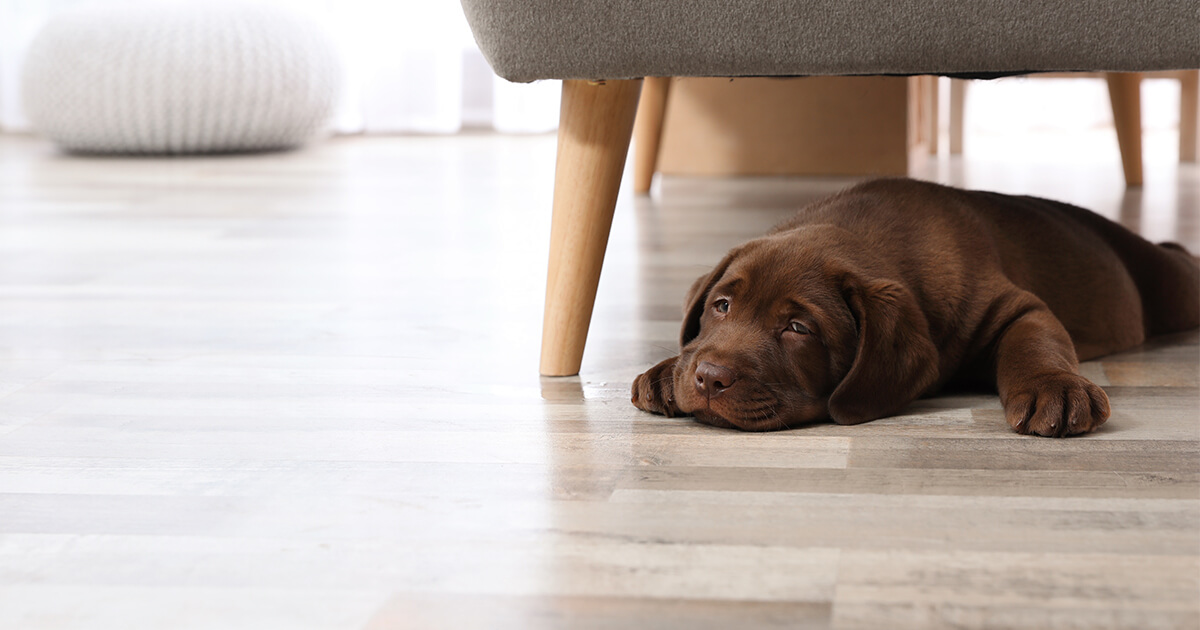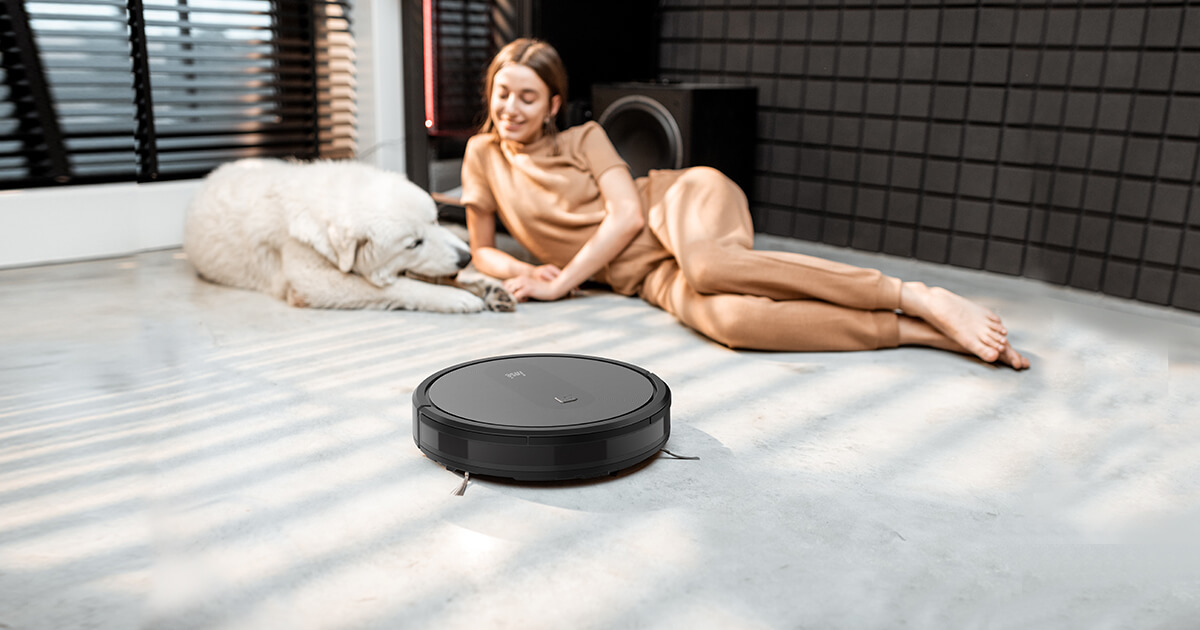Many pet parents told us that every time they want to clean their house with a vacuum cleaner, and once pull it out, their dogs just run away immediately. Have you encountered a similar situation? And have you ever wondered why your dog is so scared of the vacuum just like seeing a monster coming? The loud noise or the scary appearance?
Pet parents don’t realize that facing a vacuum for the first time can be such a traumatic experience for their dogs while a specialized vacuum for pet fur is quite necessary. Sometimes it looks hilarious when we see dogs act funny when encountering the vacuum on social media, but it is quite significant to desensitize our dogs and help our pet children to understand that they are safe around a vacuum, get used to the household vacuum, and even implement a system where they begin to feel comfortable with a vacuum. If we ignore this, it may even bring anxiety disorder to our dogs.
And you come to the right place. No more worries, there is some guidance for you. Let’s explain everything you need to know below!

- The reason dogs are afraid of the vacuum
Terrible Noise
Our dog’s sense of hearing is much more sensitive than human beings, making loud noises a whole lot less tolerable.
Apparently, the vacuum cleaner is often loud, big, and threatening, your dog even thinks it is attacking their beloved ones. If a vacuum is not introduced in a gradual, gentle way to your dog, the unfamiliar noise would just scare them.
You may say that the hairdryers and mixers are similarly noisy, but they won’t come out from closets and take over the room the way vacuums do, and lack of exposure (if you clean your house less than once or twice a week) also boost their zuigerphobia.
Strange Smell
Just like their hearing sensitivity, their sniffing is also much stronger than ours. While the vacuum runs back and forth on your floors and carpet, some certain types of scents would be kicked up into the air that your dog may not be particularly used to. When the vacuum is doing its job and picking up the debris and dust, it would also cause an unpleasant sensation for the dog, which results in a more defensive action to the vacuum.
Violent Suction
While the root of the unusual behavior is still under speculation, some experts suspect that when vacuuming, it looks like “sniffing’, which is similar to a dog’s behavior towards the scent. Originally, a dog uses its nose to learn about a new surrounding or another animal, since the vacuum is also acting like this, it may consider it is some creature. Compared to a normal sniff, nevertheless, the suction of the vacuum is so violent and the dog may find it very frightening.
Shy Temperament
Dogs have different personalities, and there must be some shy dogs who would have more intense actions toward the vacuum. Those dogs are also quite nervous generally, not only around vacuum cleaners. Observe your dog and see whether he/she is quiet and shy in daily life and maybe it would cause more hurt to them when you sometimes use the vacuum.
- Are dogs also afraid of Robot Vacuums?
Robot vacuums usually have lower noise than traditional upright or canister vacuums, and they look smaller and less intimidating.
But if the robot vacuum seldom shows up, unfortunately, it may still frighten the puppy. For most of them, robot vacuum cleaners could be considered as predators, while others may just perceive them as toys, the rest of them may consider them as prey. For instance, my dog would chase the robot vacuum in the house curiously, trying to bite it because of its seemingly autonomous behavior, which looks like small creatures.

- Tips for you
1. A gentle way to meet a new friend
It takes time for the puppy to get used to a new big guy. Start by taking the vacuum to a room with lots of space. Encourage your puppy to observe, smell, and touch it. Do not turn it on immediately or move it around. Meanwhile, pay attention to its reaction. If it runs away, bark continuously, and even shiver, try next time to show it up when the puppy is playing or eating and see how it goes.
2. Abundant treats when meeting
When showing the vacuum, if the puppy shows some interest or just stares at the vacuum, offer some delicious treats. Trying to build a contact of the treats and the vacuum, once the vacuum shows up, then there are treats. Place a treat on the vacuum cleaner and make your dog take it off, and slowly progress to turn the vacuum cleaner on while your dog is in the room. This will take time, and while it could be frustrating, it’s important to remember not to rush or punish your dog as it will only make things worse. Over time, the puppy could form positive feelings about the vacuum.
3. Move it around
If you find your dogs are acting excited or just normal when the vacuum is there, try to move it around. Still, with power off, watch their body language for stress.
4. From far to near
When you think the puppy is ready for the next step, then it is time to turn on the vacuum. But not in a short distance, you could try in another room, give your dogs with its favorite treats and turn the vacuum on in lower settings, try to move it around and vacuum, still keep an eye on your puppy.
5. Daily Desensitization
Watch some videos or television about vacuum, broadcast the vacuum’s sound, and accompany your dog. Use the vacuum more than once or twice a week, you could start from a lower setting than a higher one.
Conclusion
More time, more patience. For most of us, the existence of the dog means a lot. More often, it is just like our pet child, naughty but lovely, needs love and patience and company. Step by step to let our pet child accept the newcomer, and vacuum a lot to make sure you and your puppy have a clean environment.

